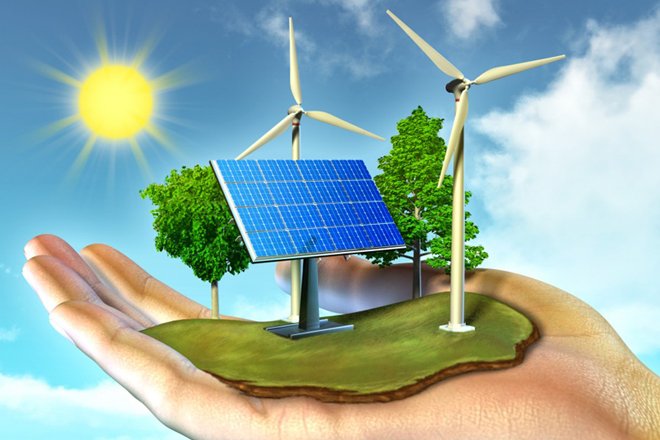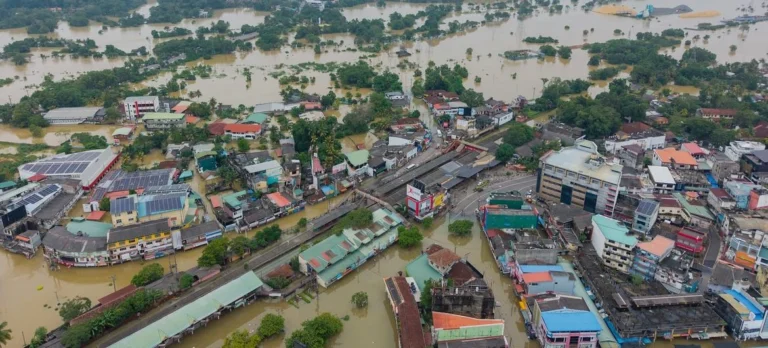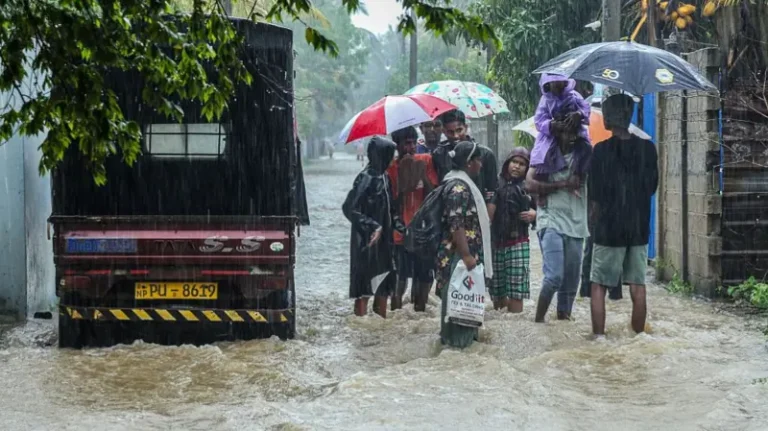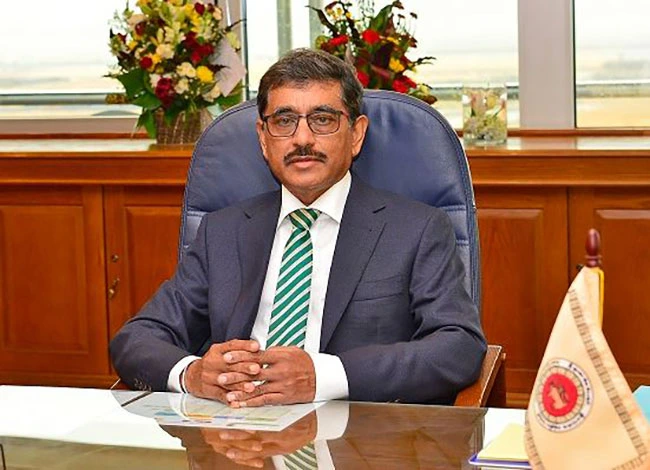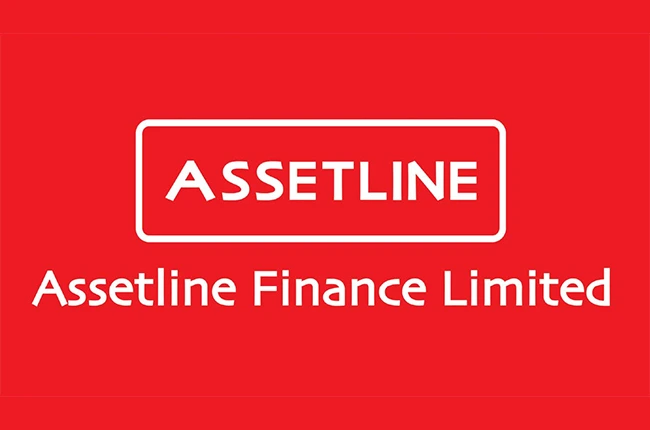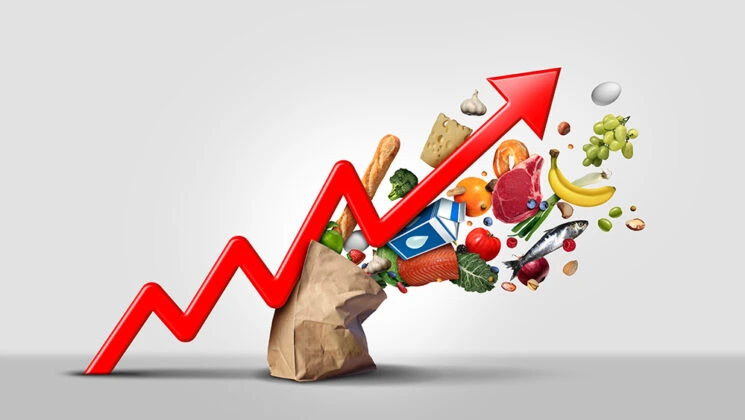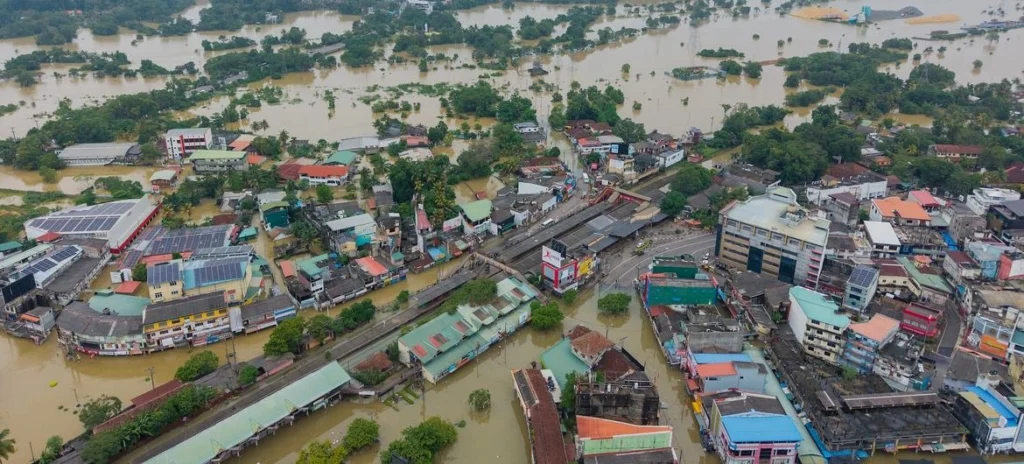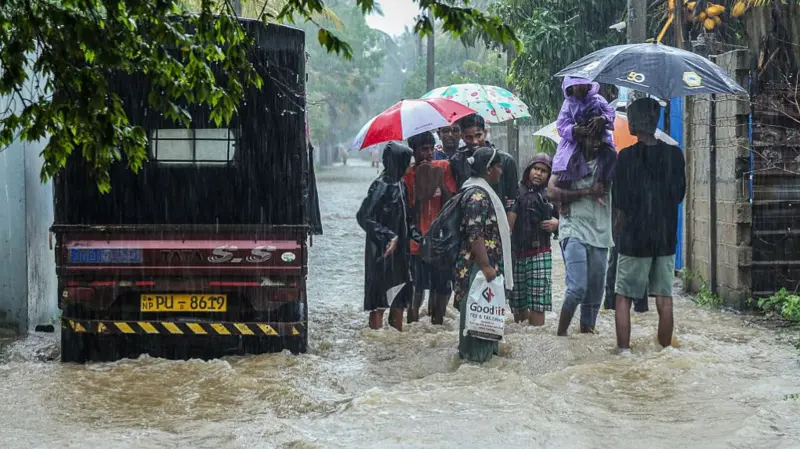Below is a fully developed, human-written, ~1000-word blog post in UK English with SEO structure (title, meta description, headings, subheadings, keywords, internal/external linking suggestions), plus social media captions at the end.
Introduction
Sri Lanka is embarking on an ambitious plan to transform Trincomalee into a major energy hub, holding high-level discussions with India and the United Arab Emirates. This vision could reshape the country’s economic landscape, bolster energy security, and redefine its role in South Asia’s geopolitics. But what exactly does this plan involve? And what are the risks and opportunities?
This article unpacks the proposed energy hub, the motivations of India and UAE, potential economic benefits for Sri Lanka, geopolitical calculations, environmental considerations, and the broader implications for Sri Lanka’s post-crisis recovery.
The Trincomalee Energy Hub Vision
Trincomalee, on Sri Lanka’s north-eastern coast, has long been recognised as a natural deep-water harbour with strategic value. The area hosts a WWII-era oil tank farm of 99 massive tanks, many still in good condition. For decades, these tanks were underutilised, even as India and other partners expressed interest in joint management.
In 2025, the Sri Lankan government began formal negotiations with India and UAE to transform the site into a regional energy hub. The plan includes:
- Modernising and redeveloping the oil tank farm.
- Constructing multi-product pipelines.
- Developing bunkering facilities for ships.
- Considering a refinery in partnership with UAE’s AD Ports Group.
- Enhancing storage and transshipment capacity for regional trade.
By creating a logistics and trading hub, Sri Lanka aims to leverage its strategic position at the crossroads of Indian Ocean trade routes.
Economic Promise for Sri Lanka
The government frames this project as a critical pillar of post-crisis recovery:
- Foreign investment: India’s IOC and UAE’s AD Ports bring capital and expertise, reducing Sri Lanka’s upfront cost burden.
- Jobs and skills: Construction and operations would create employment opportunities and technical training.
- Revenue diversification: Storage fees, bunkering services, and refining margins could boost government revenue.
- Strategic infrastructure: A modern energy hub could support industries, transport, and shipping.
In a country still emerging from default and debt restructuring, large-scale, externally funded infrastructure could accelerate growth.
India and UAE Interests
India’s interest in Trincomalee is longstanding and strategic:
- Security: A friendly facility in Sri Lanka’s northeast helps India monitor vital sea lanes.
- Energy security: Storage and bunkering capacity can support India’s naval and merchant shipping.
- Influence: Counterbalancing Chinese investments in Hambantota and Colombo Port City.
UAE’s involvement is commercially driven but strategically significant. As a leading global hub for energy trade, the UAE is expanding its logistics footprint across the Indian Ocean. AD Ports Group’s participation aligns with its global port, bunkering, and refinery investments.
By partnering with both India and UAE, Sri Lanka signals an interest in multi-polar investment rather than dependence on a single partner.
Geopolitical Balancing Act
Sri Lanka’s geopolitical landscape is increasingly complex:
- China has invested over $3 billion in the south, including the Hambantota Port and planned refinery.
- India remains the island’s closest neighbour, cultural partner, and a major creditor.
- UAE and other Gulf states are growing players in energy logistics across South Asia.
Balancing these interests is both a challenge and an opportunity. A successful Trincomalee hub that includes India and UAE could offer Sri Lanka:
- Leverage in debt negotiations and foreign policy.
- Reduced dependence on any single power.
- Strategic hedging between Chinese and Indian ambitions.
But mismanagement or lack of transparency risks fuelling tension or domestic political backlas
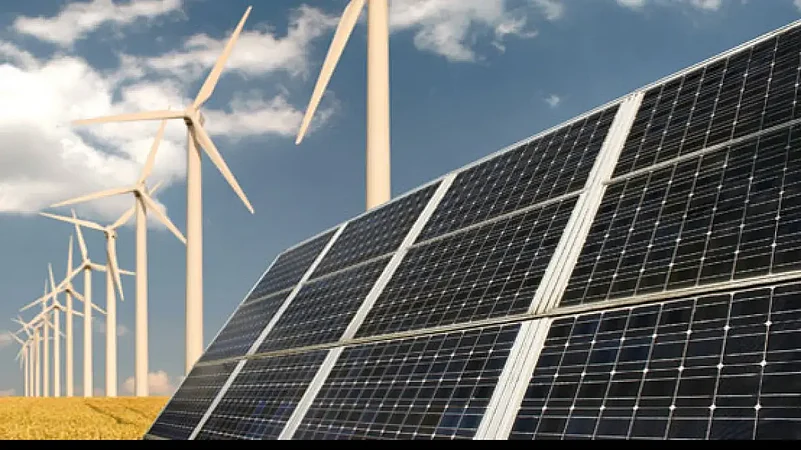
Environmental and Social Considerations
While the economic and strategic benefits are clear, there are important questions:
- Environmental impact: Expanding refining and storage carries spill and emissions risks in an ecologically rich region. How will safeguards be enforced?
- Local community involvement: Redevelopment could displace or reshape livelihoods. Meaningful consultation is essential.
- Regulatory readiness: Does Sri Lanka have strong enough environmental and safety standards to manage a high-volume energy hub responsibly?
For sustainable success, the project must address these questions transparently.
Challenges to Watch
The project’s scale and complexity present real risks:
- Debt sustainability: While foreign partners will invest, the government may still need to guarantee loans or provide land concessions.
- Corruption and governance: Large infrastructure projects are historically vulnerable to cost overruns and mismanagement.
- Geopolitical tension: Balancing Indian, UAE, Chinese, and Western interests requires diplomatic skill and internal political consensus.
These challenges do not negate the project’s promise—but they demand careful planning, public accountability, and strong institutions.
The Road Ahead
Negotiations remain at an early stage. Final investment decisions, environmental impact assessments, community consultations, and commercial feasibility studies are needed. But the direction is clear: Sri Lanka wants to transform Trincomalee into a key node of the Indian Ocean energy trade.
For policymakers, business leaders, and citizens alike, the Trincomalee energy hub is more than an infrastructure project. It is a test of Sri Lanka’s ability to manage its recovery, protect its environment, balance great-power rivalries, and deliver broad-based economic growth.
Conclusion
The proposed Trincomalee energy hub offers a unique opportunity for Sri Lanka to reposition itself as a regional logistics and energy player. By partnering with India and UAE, the country seeks not only investment but strategic security and economic resilience. Success will depend on transparent governance, environmental stewardship, and a foreign policy that leverages competition rather than invites dependency.
It is, in many ways, a litmus test for Sri Lanka’s post-crisis future.

